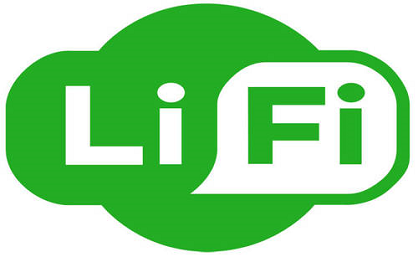Li-fi or Light Fidelity has derived its name from the more popular Wireless Fidelity or Wi-fi. On one hand the Internet technology is taking a leap from 4th Generation to 5th Generation with experiments giving speeds upto 5Gbps. The 5G is believed to deliver data at speed that could be 250 times faster than the current 4G LTE offers.
At the same time li-fi technology is been researched by some researcher groups. This technology uses VLC or Visual Light Communication instead of radio frequency for communication. Light Emitting Diodes or LED’s are used as medium to send and receive data.
Recently a Mexican Software Company, Sisoft successfully tested the technology at a speed that ran upto 10Gbps. The research is said to be successful and a speed of 10gbps via li-fi was achieved.

The VLC technology works by switching bulbs on and off within nanoseconds. The flickering of the bulb cannot be noticed by human eye.
The data transmission through the technology is said to be secured as there is no way to hack the signals. M-I-M (Man In Middle) attack is not possible in a li-fi setup as the data transmission cannot be intercepted.
The data transfer takes place between lights so two probes are necessary. One to transmit and other to receive the signal. Since the medium of data transfer is light, the light bulbs need to be continuously switched on. However as the technology develops the light emitted by these bulbs could be brought down.
The data transfer speed in case of li-fi is much higher than the wi-fi because there is no interference in radio signals in case of li-fi.
Li-fi technology can be very useful in places where wi-fi devices are jammed to avoid radio signal interference like in case of hospitals.
